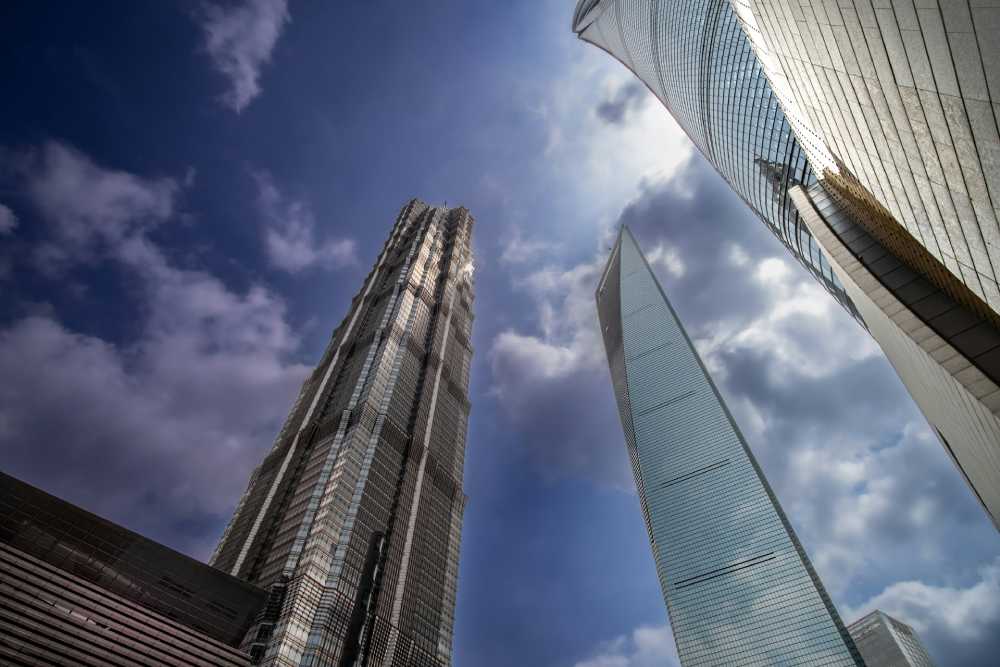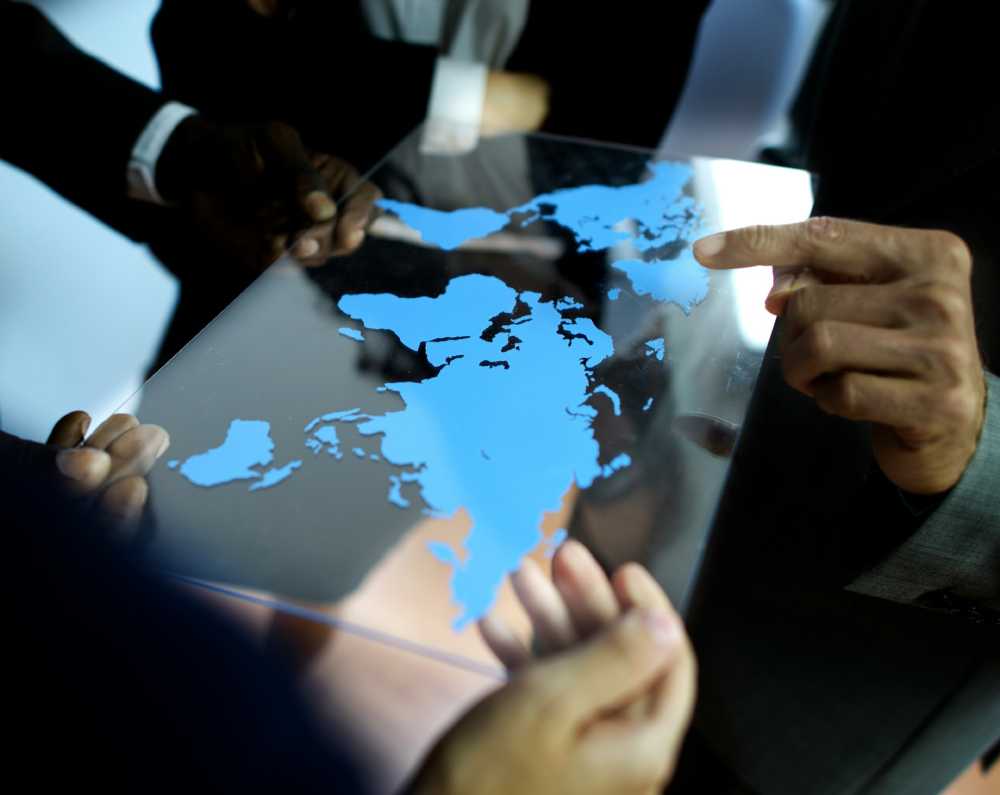The world has changed so much in just the past few decades, and it’s fascinating to see. Someone from the 1980s would barely recognize our interconnected world today. Messages now travel across continents in seconds. Products ordered from China show up at our doorsteps within days.
Globalization shapes every part of modern life – from the food on our plates to our daily work. These sweeping changes bring new possibilities and hurdles that reshape economies and redefine how societies work. The effects ripple through international trade, digital connections, environmental sustainability and the balance of global power.
This piece gets into the main areas where globalization shapes our world today. We’ll look at its effects on economics, technology, culture, environment, and how nations interact with each other.
Contents
The Economic Transformation of Our World
Economic globalization has altered the map of world finance in ways we’ve never seen before. Developing countries have become powerful players in the global marketplace since 1980, especially when you have manufactured goods and services. These countries’ share of manufactured exports has grown from 25% in 1980 to more than 80% today.
Rise of integrated global markets
Global market integration has brought remarkable changes to trade volumes and economic welfare. Trade grew by an impressive 17.2 times during the “long nineteenth century”. Modern market integration has created even greater benefits, with some producing regions seeing welfare gains up to 6% of their GDP.
Growth of multinational corporations
Multinational corporations have become giants of the modern economy and have changed how business works across borders. Their effect on the global economy runs deep:
- They employ about one-third of all private sector workers in the U.S. and over three-quarters of manufacturing workers
- These corporations account for nearly 40% of all private-sector employee compensation and 90% in manufacturing
- They streamline processes in industrial R&D and control over half of all capital spending and exports
Changes in international trade patterns
Trade relationships have changed over the last several years. Trade in goods and services grew by only 0.2% in 2023, which was the slowest pace in 50 years outside the 2008 Global Recession. Global foreign direct investment dropped 12% to $1.3 trillion in 2022.
International trade keeps evolving, and developing economies now play a vital role. Emerging markets will likely account for 40% of all consumer spending – more than $20 trillion. This change represents one of the most significant shifts in global economic history as trade relationships become more diverse and complex.
This transformation comes with its challenges. Market integration has increased total welfare by a lot, but the gains haven’t spread evenly. Some regions have reaped substantial benefits, while others struggle to adjust. Uneven distribution of benefits remains one of our globalized economy’s most pressing challenges.
Digital Revolution and Global Connectivity
Technology has erased distance from our lives. The digital revolution has changed how we connect, work, and share information. This change shows one of the clearest examples of how globalization affects our world today.

Impact of internet and communications
Two-thirds of people worldwide now have internet access. Digital connections have changed information flow across borders and enabled instant communication at an unprecedented scale. Emerging markets show remarkable progress where technology helps boost innovation and productivity, even when global growth slows.
Rise of remote work culture
Work life looks completely different now with remote work becoming normal. Statistics show that 31% of workers worldwide chose either fully remote or hybrid work arrangements by late 2022. The United States leads this trend as remote employees make up 53% of its workforce. This move toward remote work creates a global workplace where:
- Teams work together across borders and time zones
- Companies accept asynchronous communication
- Workers enjoy greater flexibility and autonomy
- Organizations access global talent pools
Digital divide challenges
Much of the world’s population still cannot access the digital revolution. The digital divide shows clear differences across regions:
Europe enjoys 89% internet access while Africa has only 40%. The numbers look worse in least developed countries where only 27% of people can access the internet. Beyond basic access, users in developing nations don’t deal very well with poor infrastructure and high costs.
Gender inequality adds another layer to this problem. Women lag behind men in internet access by 264 million users globally. This gap raises concerns because digital access now determines economic opportunities and social participation. Urban areas have twice the internet usage of rural regions. These geographical differences highlight deeper digital inequalities.
The gap in digital access and skills represents one of globalization’s biggest challenges. Billions risk falling behind in our connected world. Digital technologies now play a vital role in education, employment, and social participation. Society must address these inequalities to ensure everyone benefits from global development.
Cultural Exchange and Social Changes
Streets from Tokyo to New York, and from Mumbai to São Paulo buzz with an amazing cultural change. People live and interact differently as borders fade away. The world sees traditions, lifestyles, and social patterns mix like never before.
Blending of global and local cultures
An array of hybrid lifestyles emerges as cultural identities merge. Many societies create unique combinations of global and local elements while Western influences spread globally. You can see this cultural fusion everywhere – from cuisine to fashion where traditional elements blend with international trends. Global entertainment has changed people’s priorities, and things like Hollywood films and K-pop now reach audiences worldwide.
Changes in consumer behavior
The global marketplace has changed how people shop and consume completely. These big changes stand out:
- Multinational brands create similar consumption patterns across cultures
- Global advertising campaigns shape local consumer choices
- Traditional marketplaces turn into modern shopping centers
- One billion people now enjoy a high standard of material living
Changes go beyond shopping habits. Modern consumers know how their purchases affect the world. Food production makes up 25% of all greenhouse gas emissions, which makes people think more about sustainable consumption.
The biggest change shows in how people build relationships across borders. The internet lets people connect instantly whatever the distance. New global communities form as people who feel close to the “world as a whole” work better with others globally.
Social dynamics show clear changes in how different groups stay connected:
- Diaspora communities keep their ancestral traditions while fitting into new societies
- Global social movements for human rights and environmental causes thrive
- New transnational identities surpass traditional national boundaries
Several distinct global communities have emerged from this social change. The “Davos culture” has highly educated individuals who share common beliefs about democracy and market economics. A worldwide “faculty club” champions global issues like environmentalism and human rights.
These changes show how globalization affects the world’s core – human relationships and cultural identity. Some see it as cultural homogenization, while others think it’s a chance to build richer, more diverse global communities.
Environmental and Sustainability Impact
The environmental footprint of globalization reshapes Earth’s natural systems from Arctic ice caps to Amazon rainforest. As goods move across oceans and supply chains stretch across continents, our world faces mounting environmental challenges that we must address now.
Global environmental challenges
Trade-related activities have made the environmental cost of global commerce clear. Moving goods across borders has caused greenhouse gas emissions to rise and these activities substantially contribute to global pollution. The effects reach further:
- Ocean acidification and biodiversity loss
- Deforestation and habitat destruction
- Soil degradation and water table depletion
- Rising plastic pollution in waterways
- Decline in major fishing grounds
Rise of sustainable practices
Environmental awareness has grown and a remarkable transformation toward environmentally responsible practices is happening. People just need sustainable products more than ever, which makes businesses rethink their operations. A green economy has emerged as a vital framework for nations at all stages of development. This framework aims to reduce environmental damage while promoting economic growth.
The Environmental Kuznets Curve theory reveals an interesting pattern: environmental damage rises with economic growth at first but improves as societies grow wealthier and develop greater environmental consciousness. Many developed nations already show this pattern as improved energy efficiency and sustainable technologies become mainstream.
International cooperation on climate
The surge in international cooperation offers hope in addressing global environmental challenges. The Kyoto Protocol has helped reduce emissions measurably, with 20 countries showing declining absolute emissions over a decade. Recent developments point to positive changes:
The Paris Agreement has deepened their commitment to the United Nations climate regime and created a new architecture for global climate action. Cities, regions, and non-state actors have joined traditional frameworks to curb climate change. These shared efforts have achieved notable reductions in specific greenhouse gasses.
Challenges persist though. Many developing countries tie their climate commitments to receiving more help with finance and technology transfer than what’s available now. Aviation and shipping sectors have climate goals that don’t meet Paris Agreement requirements, which shows we need stronger international coordination.
Moving forward requires better international cooperation in several key areas. Nations must develop innovative approaches to climate finance, technology transfer, and capacity building. This becomes especially important for developing nations as they balance economic growth with environmental protection.
Power Shifts in the Global Order
The glittering skyline of China’s financial hub spreads out before visitors at Shanghai Tower’s observation deck. This spectacular view tells a story of how global power dynamics have moved in recent decades. The world now experiences a fundamental change in its power structure, marking one of the most important changes in modern history.

Emergence of new economic powers
China’s spectacular growth shows this transformation. The country became the world’s largest economy in purchasing power by 2014. China’s influence reaches way beyond its borders as the world’s largest exporter. The country has expanded its global presence through strategic collaborations like the Asian Infrastructure Investment Bank, which started with 57 member nations and USD 100 billion in capital.
Changes in international relations
Global relationships have evolved into a complex web where power spreads more widely. The U.S. dollar no longer stands unchallenged as the global reserve currency. Regional trade agreements now overshadow multilateral ones. These changes appear in several ways:
- The World Bank and IMF adapt their roles
- New financial systems like CIPS emerge as alternatives to SWIFT
- Regional economic partnerships grow stronger
- Cross-border payment systems become more diverse
Role of international organizations
Global governance continues to depend on international organizations, though their nature evolves. A network of institutions now guides the world:
The IMF oversees 189 countries and maintains global financial stability. The Asian Development Bank provides vital loans and technical assistance for economic development. The World Health Organization coordinates responses to global health challenges and maintains the Global Health Observatory.
These organizations tackle new challenges as the global order transforms. Multilateral trade agreements have become nowhere near as effective, while new regional frameworks take shape. China established the Beijing-based Asian Infrastructure Investment Bank, creating new paths for international development finance.
The New Silk Road initiative further shows these changes. This project wants to build infrastructure connecting East Asia, the Middle East, Africa, and Europe. It shows how emerging powers alter the map of global connectivity and economic relationships.
The quality of economic relationships among nations with different economic systems now determines stability more than the influence of one or two major players. This transformation represents a fundamental change in globalization’s effects, creating a more complex and interconnected global order.
Which Statement Best Describes How Globalization is Affecting the World Frequently Asked Questions
What best describes how globalization is affecting the world?
Globalization is making the world more interconnected, with nations increasingly dependent on each other for trade, resources, and culture. It has led to greater cultural exchange, improved communication, and faster economic growth, but it also brings challenges like income inequality and environmental degradation. In essence, globalization is reshaping industries, economies, and societies, making them more integrated, while also amplifying disparities in wealth and access.
What are the 5 causes of globalization?
The five main causes of globalization include advancements in technology, particularly in communication and transportation, which make it easier to connect globally; economic policies that promote free trade and open markets; international trade agreements that lower barriers between countries; the spread of multinational corporations that operate across borders; and cultural exchange, facilitated by travel, media, and the internet, which fosters shared global influences.
Which statement best describes globalization?
Globalization can be best described as the process by which businesses, technologies, and cultures spread across the globe, creating a more interconnected and interdependent world. It fosters closer ties between countries, enabling the free movement of goods, services, information, and people, but it also exposes nations to risks such as economic instability and the loss of cultural identity.
Which best describes the impact of globalization?
The impact of globalization can be described as both positive and negative. On the one hand, it promotes economic growth, technological innovation, and cultural exchange, allowing countries to access global markets and ideas. On the other hand, it can exacerbate inequalities, lead to the erosion of local cultures, and contribute to environmental challenges as resources are exploited to meet global demand.
Is globalization good or bad?
Whether globalization is good or bad depends on the perspective. It has led to significant economic growth, better access to technology, and improved global communication. However, it has also resulted in job displacement, income inequality, and the degradation of cultural identities and the environment. While it benefits many, particularly in terms of opportunities for growth and connection, its negative effects on vulnerable populations and ecosystems cannot be ignored.





